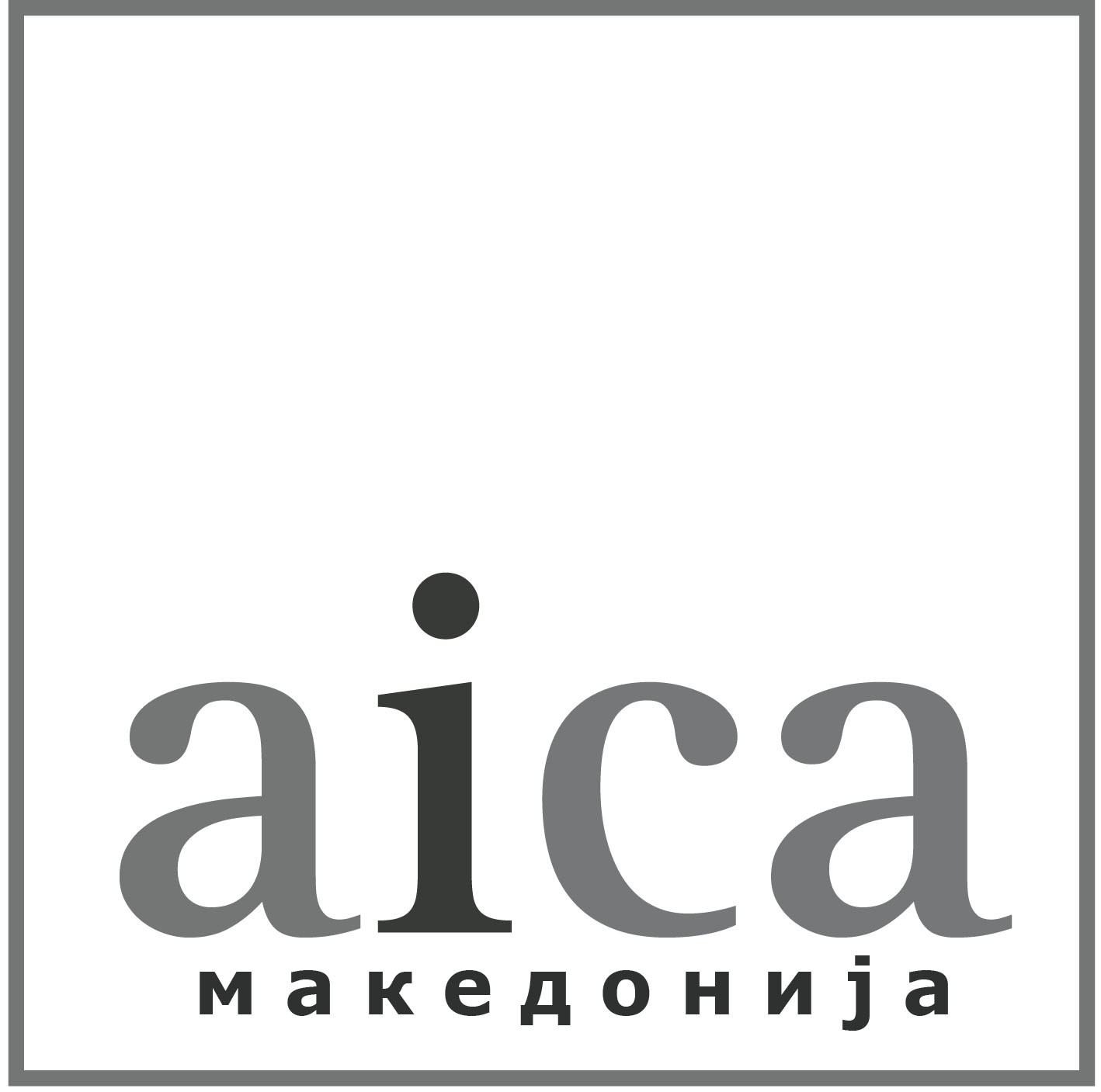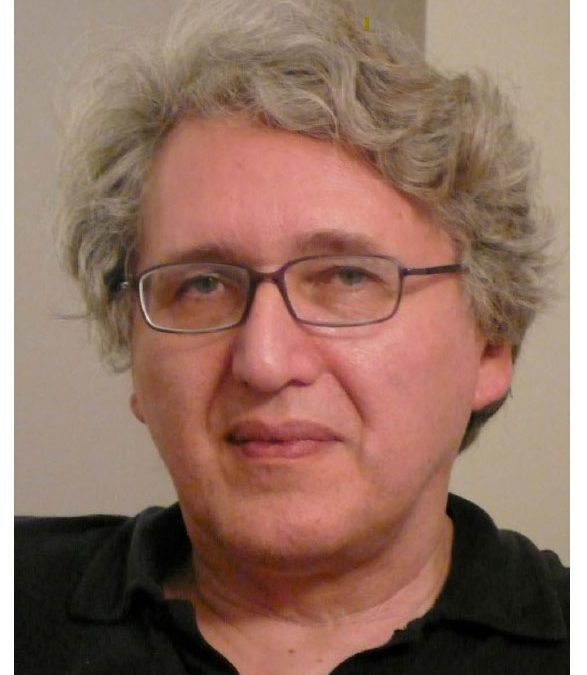Encountering the new reality
Interview with Boris Groys by Mira Gakjina
Mira Gakjina: This new issue of The Large Glass is on the topic of “The New Reality”, a fashionable subject so to say for quite some time. In your writing, you often investigate the terms “new” and “reality”, particularly as they relate to the museum as an institution, while also referring to the Ecclesiastes’ text which claims that what seems new to us is a function of our incomplete archives, and the limits of our collective memory. In your work, the so-called “new” is separate from the profane reality in the cultural archives of the future. What an observer of our time might see as a new reality, one with an apocalyptic tone, is the feeling that we all belong to an interconnected world, an empire, where all the social struggles happen at a global level. Every day, we are bombarded with images from distant places which we experience personally and locally, legitimizing the challenges of the planet and humanity at large. Simultaneously, direct social contact has been perverted by the intensity of online communication, long preceding the social distancing brought on by the pandemic. What do you observe as new in this reality, as the third decade of the 21st century begins?
Boris Groys: To recognize something as new one has to be able to compare this new with the old. Only then can one know if this new is really new and, if so , then in what respect. However, as you correctly say in our globalized world, we are permanently confronted with stories, images and news from the parts of the world, of which we may not have much knowledge or perhaps have only vaguely heard about. We cannot know our global past well enough. And we do not even know our own national histories very well because, time and again, we are confronted with different stories of previously marginalized social groups. Thus, we cannot say if certain stories and images are new or not. As a result, we lose our sense of history and find ourselves in a present beyond historical comparison. This loss of the past corresponds to the re-evaluation of the future. Today, the future presents itself to us not as a promise or chance but as a danger – of ecological catastrophe, cyber war, dictatorship of Artificial Intelligence etc. The work of progress is experienced as destructive – as destruction of the natural environment, erasure of traditional cultures and extinctions of animals and plants. Today, left politics takes the form of resistance to progress, restraint of the progress leading to the inevitable apocalypse. This politics of restraint, of katechon, was an early characteristic of conservative thinking but now has influenced left activism.
Mira Gakjina: In recent years, the art of Eastern Europe has become of interest to the bigger museums. There was the exhibition “The Promises of the Past” at Centre Pompidou, and works from the era leading up to the fall of the Berlin Wall have been displayed at the Tate and the MOMA. Yet, as you yourself have noted, the dominant streams of art theory tend to overlook the art in this part of Europe. It feels as though many Eastern European countries, even ones which have been members of the EU for a while, are not regarded as really “European”. I recently saw a piece by Dan Perjovschi which requests all who have taken pieces of the Berlin Wall to return them to their original place (All persons who acquired pieces of Berlin wall between 1989 – 2009 are kindly requested to bring them back for the reconstruction of the wall). You have paid close attention to the scene in this part of Europe, where many new names have come up, and we, of course, keenly follow what has been going on in our region, in Southeastern Europe. What is the evolution that we can we expect on a continent which regards itself as a leader in the promotion of cultural values?
Boris Groys: In our time of globalisation, art travels all around the world. The Chinese, Indian, African and Latin American artists exhibit their works in the centres of the Western World. The worldwide competition is intense. At the same time, the art institutions are still not really globalized. Museums and universities remain national and, thus, inevitably concentrate their attention on their own national traditions and also on the contemporary art of their countries. The only way to deal with this situation is to develop new art institutions in which artists who have remained outside the ‘view’ of Western art institutions can find a place. That is true for all countries as well as for the Eastern European countries.
Mira Gakjina: Alain Badiou views art and philosophy as coupled, like in the relationship Lacan describes between the Master and the Hysteric, wherein art is always the Hysteric in relation to the Master that is philosophy. He attempts to systematize philosophical thought about art by creating three categories. According to him, the form of this relationship stretches along a continuum between censorship and idolatry. The three categories are: didactic, romantic and classical; what is your stance toward Badiou’s distinction?
Boris Groys: I do not think that art or art theory can be systematized in this way. Beyond that, during the period of modernity, both art and philosophy have demonstrated their ability to undermine and transgress all such systematizations and descriptions. So, a return to the (pseudo)systematic thinking could not be successful in this field.
Mira Gakjina: In your work you note that the French Revolution was followed by a reactionary period, which in turn was the precedent to romanticism, and you draw a parallel with the current state of widespread neoliberalism, which followed the failure of socialism and the fall of the Berlin Wall. Can we expect the start of a new trend in which virtues like solidarity are held in high social regard?
Boris Groys: I would prefer to speak simply about capitalism. Yes, capitalism is based on individualism and competition. People want to be successful. And every individual tends to believe that he or she will be more successful alone – the road of solidarity seems to be a too long and difficult one. Globalisation creates the possibility for almost everybody to migrate, to leave their original community, to start a new life and even many new lives. Africans move to Europe, Europeans move to Dubai and Abu-Dhabi. To develop the feeling of solidarity, one has to abandon the idea of personal success anywhere in this world. Probably, this global disappointment will come but it needs time. And then it may lead to a global solidarity.
Mira Gakjina: Among the first to take a hit in post-socialist countries, as you have observed, was modernist architecture. We have given significant space to this within our magazine and our Museum, which we believe merits research like the ones conducted by Forensic Architecture. Our capital was radically transformed through the Skopje 2014 project, spearheaded by the previous government, and rationalized with naive arguments about fulfilling the expectations of the emerging ‘romantic’ tourist, as you have named them. But behind this goal of a ‘beautiful city’ was an abuse of the public budget. To what extent can the global governing elites abuse the power of art?
Boris Groys: Architecture is always a matter of national – not global – elites. And, yes, these elites mostly try to make the local architecture look truly local, national, ‘authentic’. They do that for two different, and apparently, contradictory reasons. They want to establish themselves as the heirs of the glorious national past and its wonderful achievements. And, at the same time, they want to situate themselves as local representatives of the contemporary global elite that are able to keep their piece of territory in good shape. In both aspects, architectural modernism is not helpful. It does not reflect the national traditions and at the same time looks too grey, too monotonous, too ordinary, too boring. If one wants – too socialist.
Mira Gakjina: While processing the significance of curatorship, you point to the origin of the word, its connection to caring, fostering, and healing. An image is powerless to represent itself, and the curating process heals it into representation, fully recovered. This renders the curator an agent of the secularisation of art. The institution “curator” is first mentioned in Iustinianus’ legal reform in the sixth century, and this role is precisely to defend the interests of those who are powerless to do so themselves, in communication with the legal system and governing norms. Do you find this ongoing global crisis to be ones of institutions?
Boris Groys: Yes, museums are like hospitals – they care for the artworks like the hospitals care for the bodies of people. However, today the museums, art spaces and galleries are not the primary spaces in which we are confronted with images. We mostly see images on the Internet, on the TV etc. Image production has become independent of curatorial control. Today, anybody can produce images and spread them worldwide. The traditional art institutions control only a small and increasingly irrelevant sector of image production and distribution. The only area in which the museums are still important is in image preservation. Here, the role of the curators is still relevant. But it seems to me that also this privilege is only a temporary one.
Mira Gakjina: You often emphasize prestige as a motivation. Is the supreme artistic accomplishment that of prestige? When we speak of a new reality, we imagine a new society in which (as Beuys says, everyone is an artist) the self-realization of a human is true creativity, authorship? Would you risk making a prediction?
Boris Groys: Under the new cultural conditions under which anyone can produce selfies and distribute them worldwide beyond any censorship and control, there is obvious difference in the degree of visibility of such images: some have millions of likes and some of them – only few. The artist is an artist because he or she wants to show something to others. If I do not want to show anything to others, then I can think and imagine without producing anything at all. It is a very good option – but then I am not an artist or a writer. Now if I want to show something to the others then the question of visibility emerges – and I speak precisely about visibility and not about prestige. For example, God has prestige – but he is invisible. Now, if I want to be visible there is, of course, a question: to whom? If I want to be visible to my family and friends, I do not need museums or the Internet. If I want to be visible in my country – the situation is different. If I want to be visible globally – the situation is very different. So, a lot depends on the character of the individual’s ambitions. And, a lot depends on pure chance. Thus, it is possible that if I had lived in the ancient Greek or Roman empire, I could have made a vase for my family and, after some centuries, it could have been exhibited in the Louvre. Such cases are also not so rare.
Превземено од: The Large Glass 31/32, 2021. Објавено со дозвола на Музејот на современата уметност, Скопје.
Originally published in The Large Glass vol. 31/32, 2021. With the permission of the publisher, the Museum of Contemporary Art Skopje
Photo Credit: Natalia Nikitin

